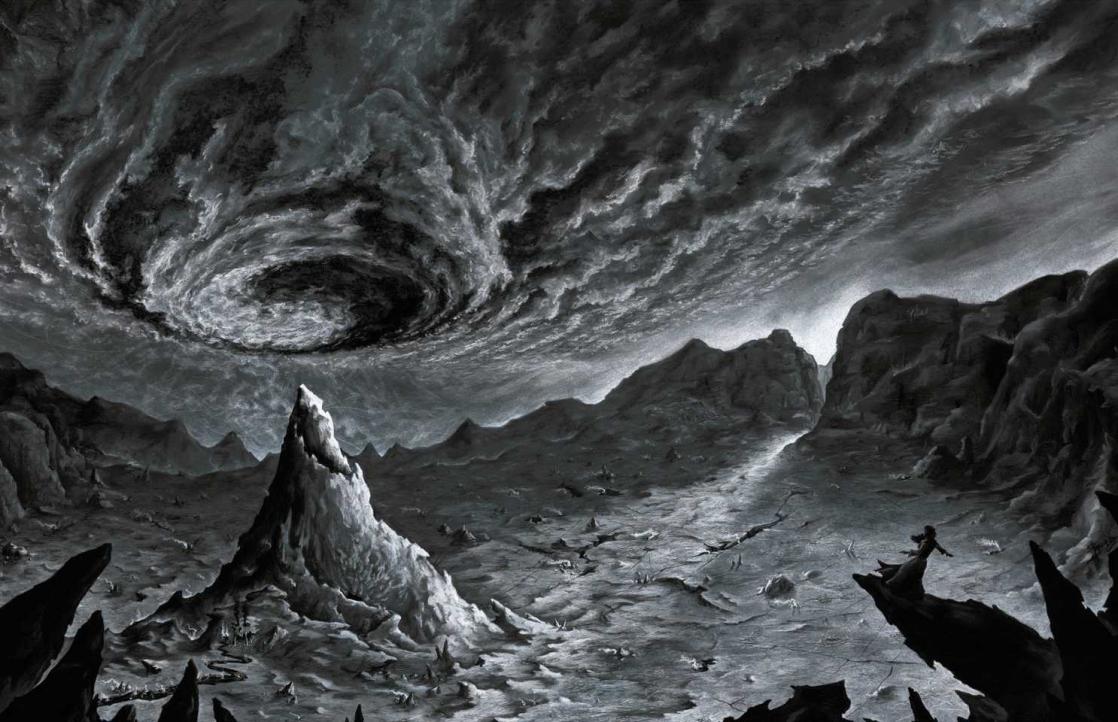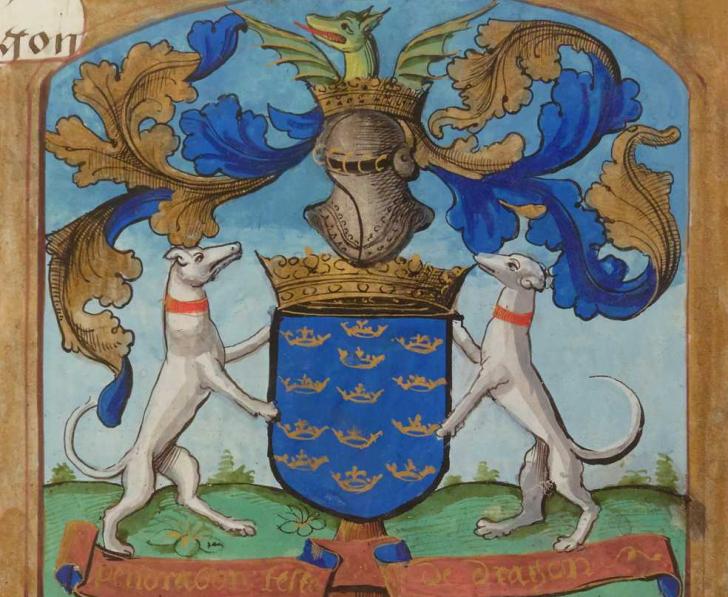Robert Jordan: Fantasy Writ Large
With the The Wheel of Time, Robert Jordan has created a colossally sized work of high fantasy that is now greatly admired for its depth. While he drew much of his inspiration from classic epics, Jordan also borrowed from Tolkien’s oeuvre.
A Sprawling Saga
With its fourteen volumes (fifteen if you include the prequel) and its publication spanning twenty-three years, The Wheel of Time (Robert Jordan, 1990-2013) first gained recognition as one of high fantasy’s most sprawling sagas. So huge, in fact, that it had to be finished by Brandon Sanderson after Robert Jordan passed away in 2007, shortly after the publication of the eleventh volume. Having sold a total of some 80 million copies in over 30 languages, it has also inspired a role-playing game and a board game, and is soon to be an original series on Amazon Prime.
The story follows the adventures of three youths from the village of Emond’s Field: Matrim Cauthon, Perrin Aybara and Rand al'Thor. Rand turns out to be the Dragon Reborn, a savior who has been chosen to lead the battle against the Shadow, an evil power trapped under a mountain in the north of their world. A powerful channeler, Rand goes gradually mad while trying to unite a politically divided world and to win Tarmon Gai'don, the ultimate battle between Good and Evil.
A Fantasy Masterpiece
Over the course of the series, the number of characters is multiplied exponentially: the saga introduces hundreds of principal and secondary protagonists involved in complex political and personal sub-plots. The attention Robert Jordan pays to detail in the political and geopolitical conflicts, the precise and detailed description of a coherent system of magic, the originality he displays in creating innovative social structures, and the roles granted to memorable female characters – notably Egwene, Elayne and Aviendha – are some of the many things that justify the saga’s best-seller status and the position it still holds in the fantasy pantheon.
From Tolkien to Jordan – A Clear Connection
Although Robert Jordan borrows from a wide range of sources – from the Bible to Hindu tales via War and Peace (Leo Tolstoy, 1865-1869) – the filiation with J.R.R Tolkien’s oeuvre is obvious, if only in the structure of the first two volumes. Naïve youths must flee their sleepy village to fight against a mysterious and evil “Lord of Chaos”. Other nods towards Tolkien are even more insistent, like the terrifying Myrddraal, whose black-horsemen appearance is highly reminiscent of The Lord f the Rings’ terrifying Nazgûl. According to the author himself, the idea was to deliberately reference a landscape that would be familiar to readers, before leading them into uncharted territory.
Jordan also drew on Arthurian legend, as evidenced by the character Artur Paendrag Tanreall – a king from the past who had consolidated the entire continent; and by the island of Tar Valon, an avatar of medieval Avalon where the Aes Sedai – themselves inspired by Celtic mythology – are trained.


